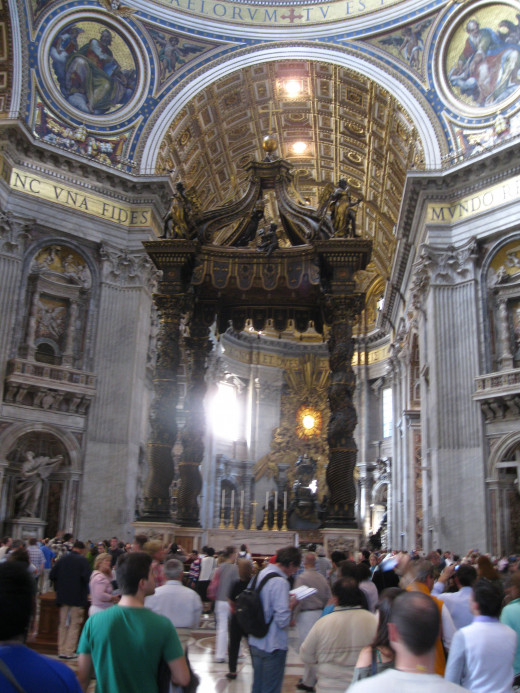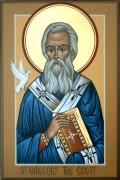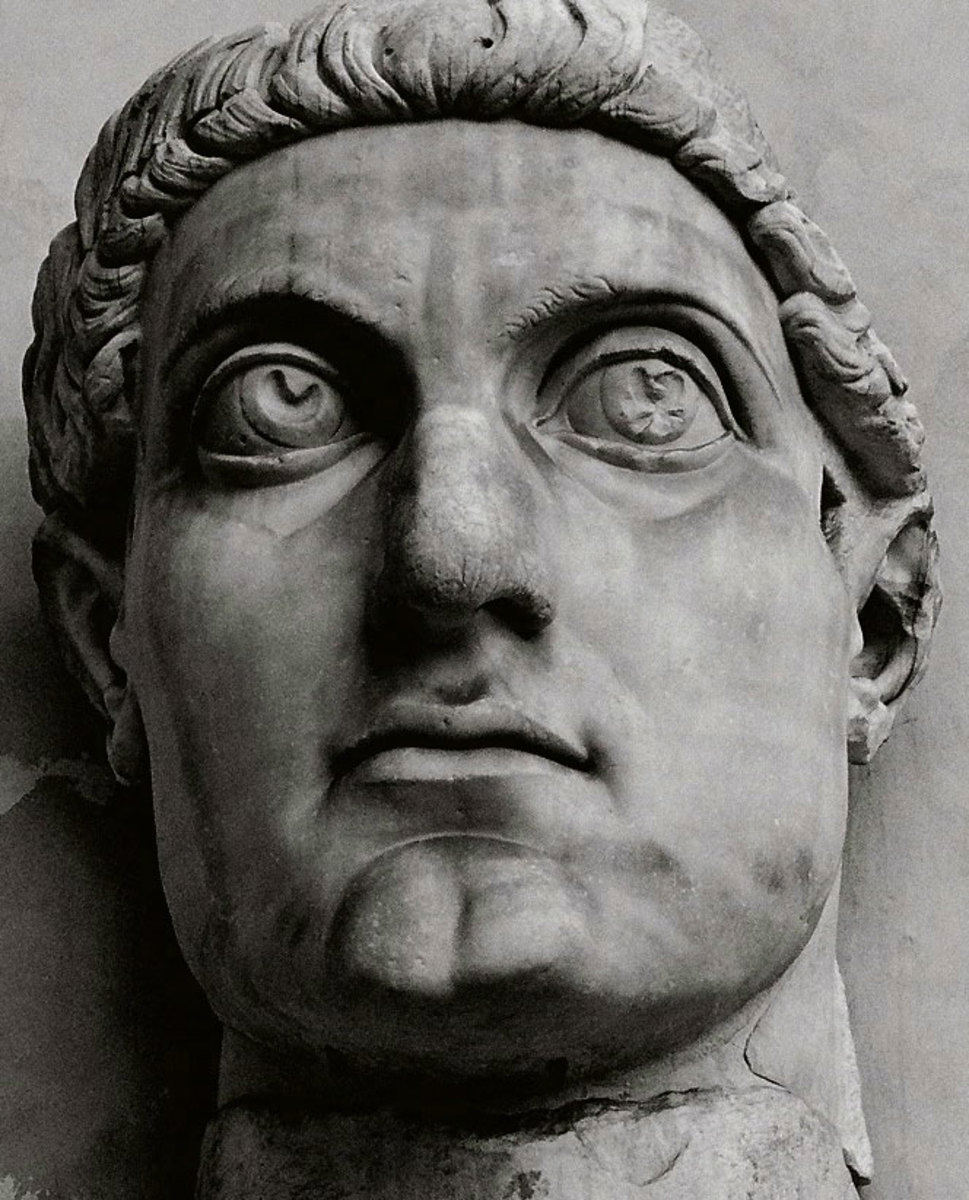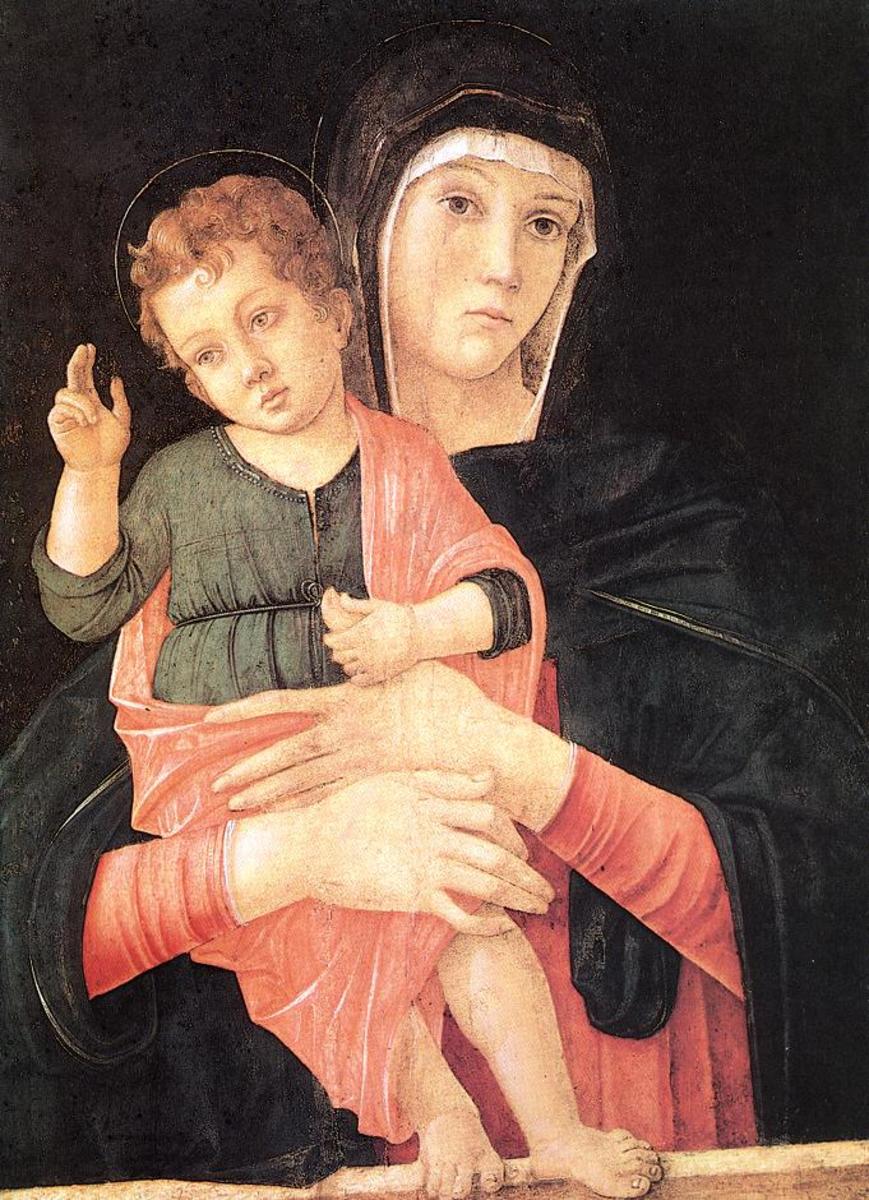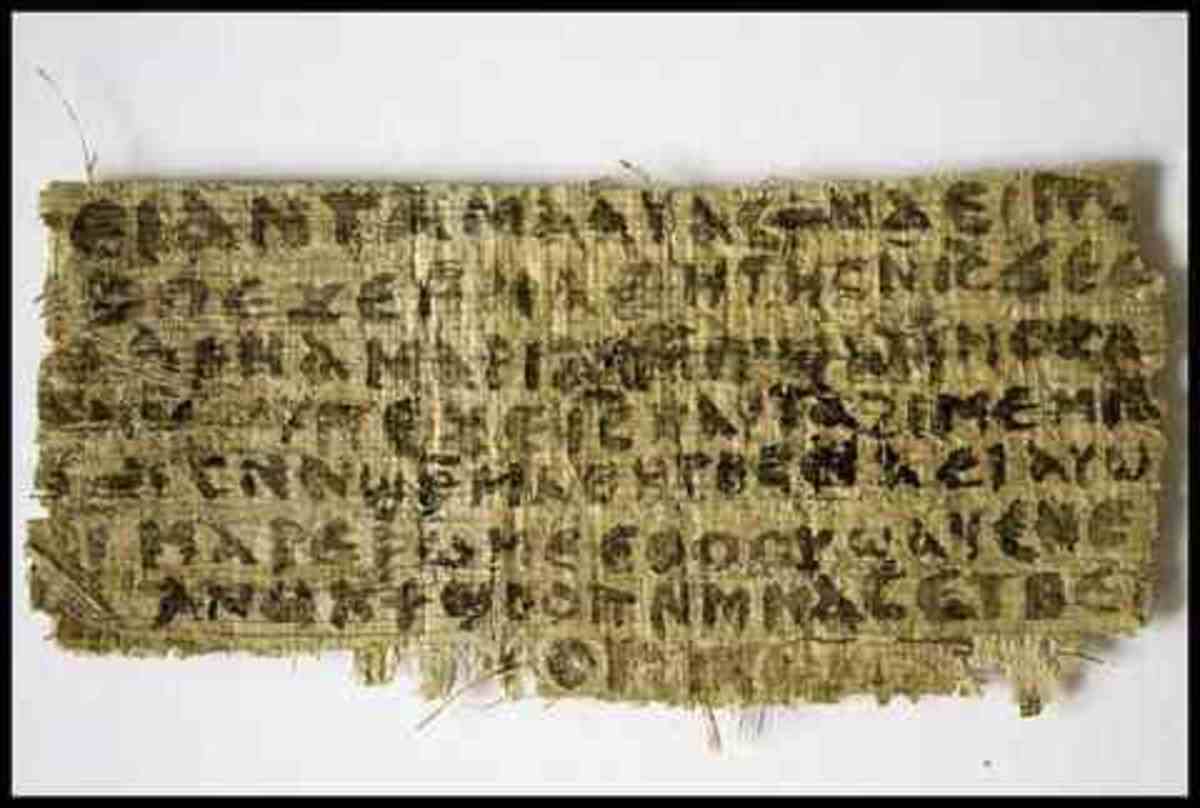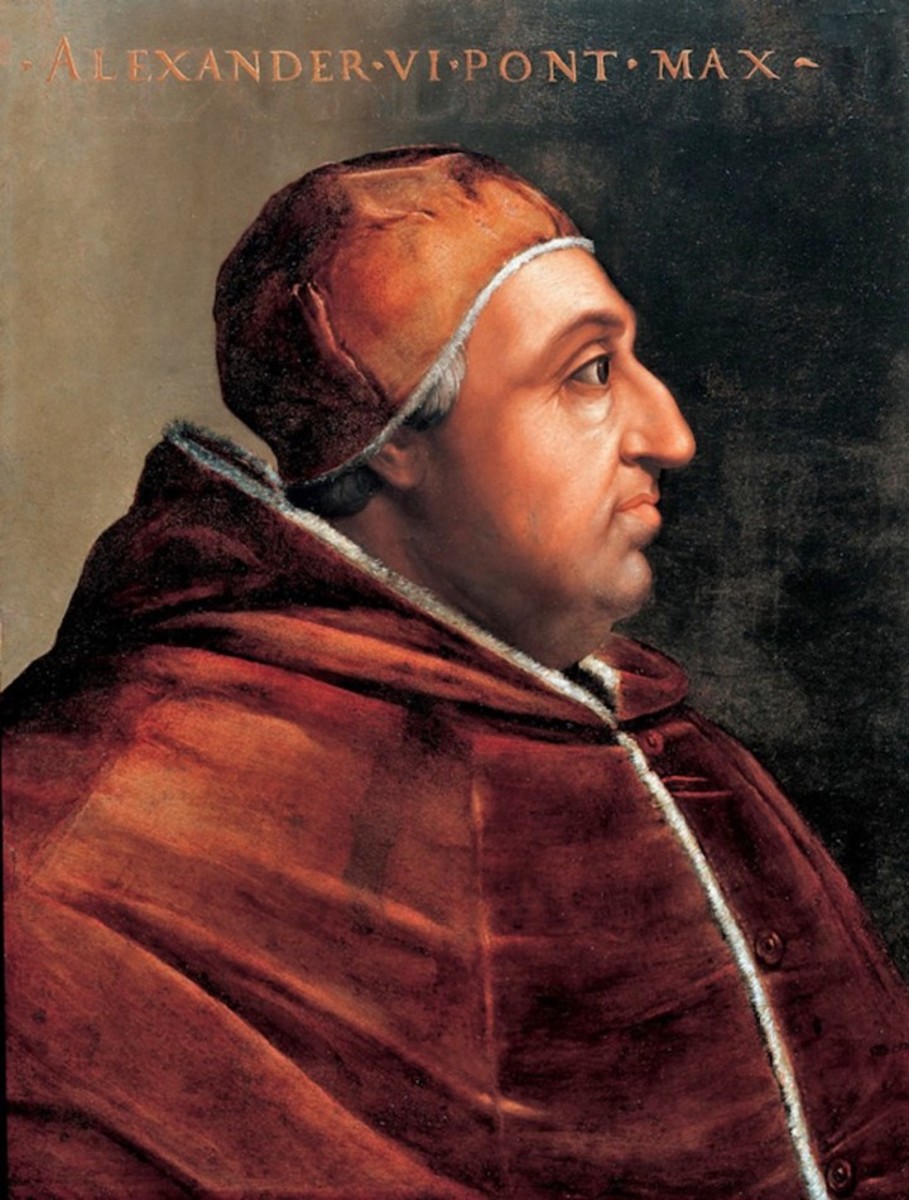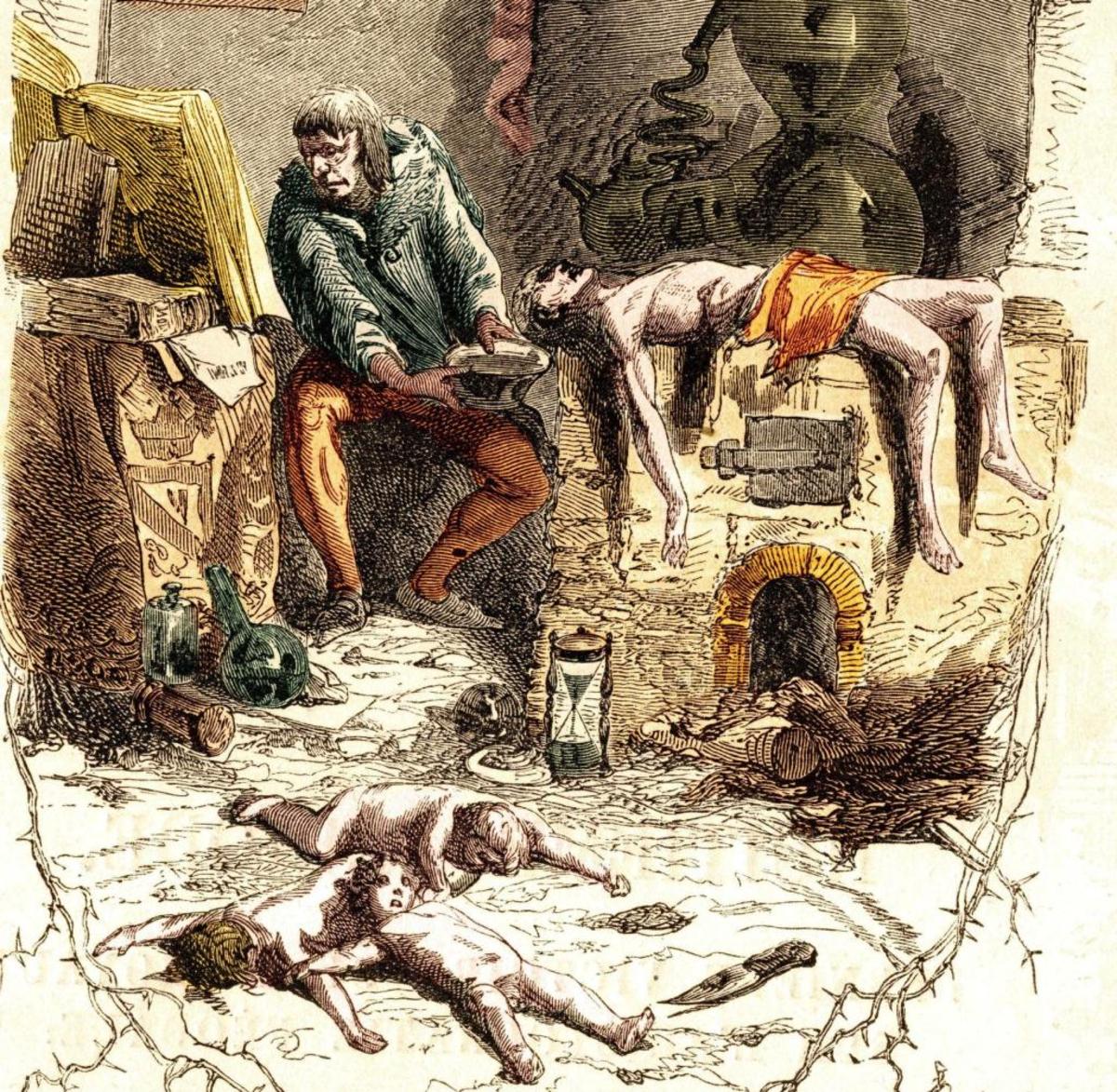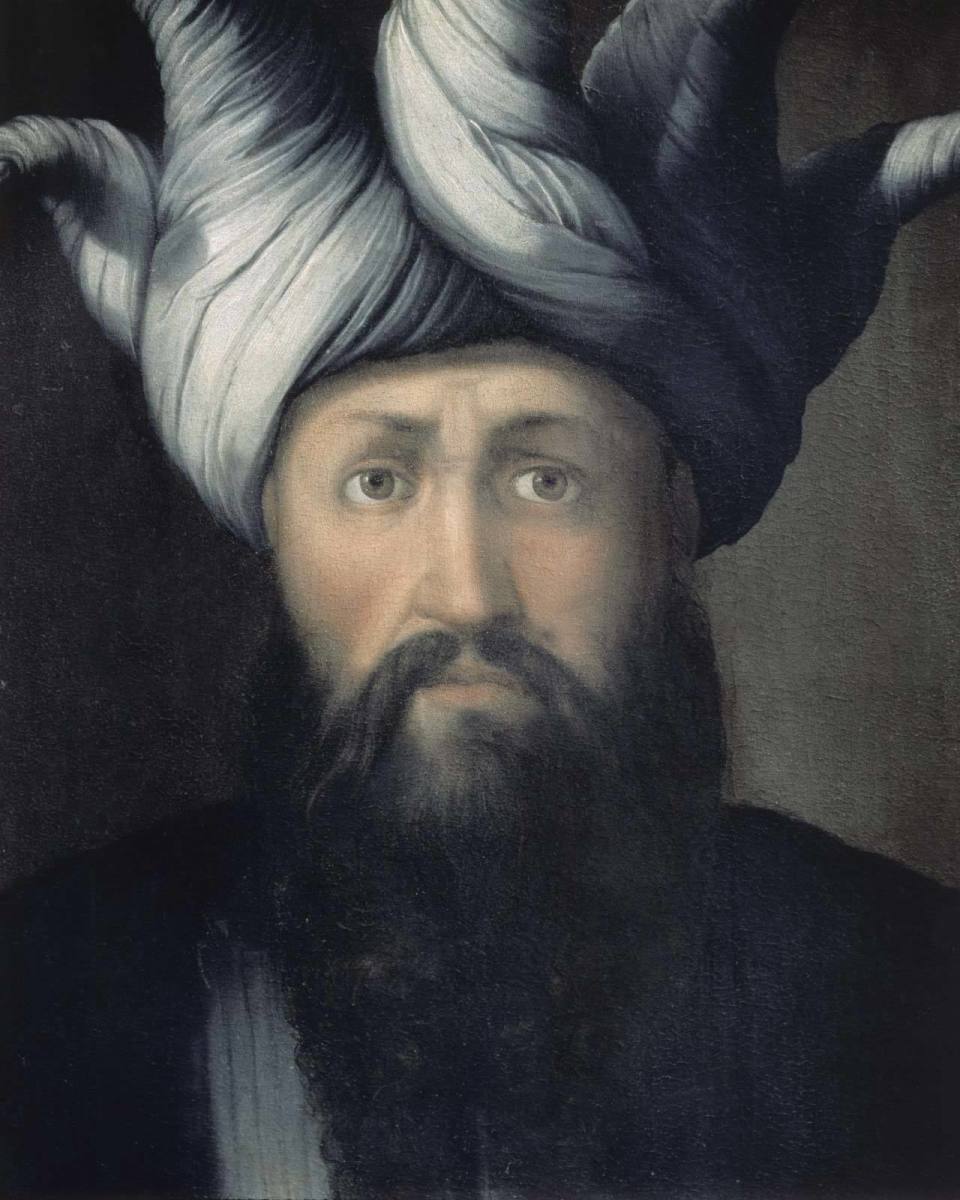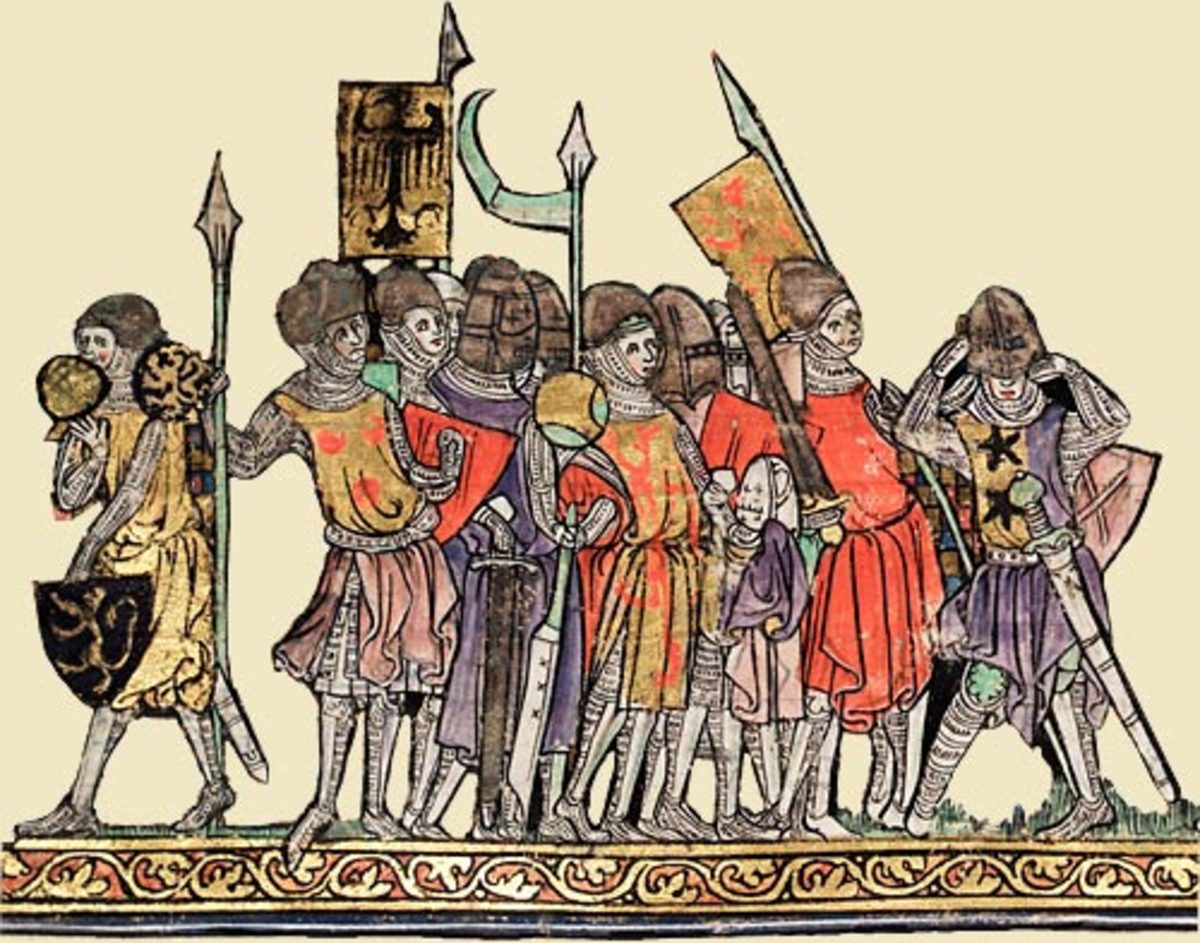The Stories of the Five Popes Who Abdicated Prior to Benedict XVI
The world was surprised when on February 11, 2013, Pope Benedict XVI announced that he would be stepping down as the Bishop of Rome and head of the Roman Catholic Church. His action came a little over two months before his 86th birthday, an age long after most people retire.
Popes in the Roman Catholic Church are like monarchs who serve or reign until they die. However, there are precedents and exceptions.
A month earlier, on January 28, 2013, Holland’s Queen Beatrix announced her intention to step aside and abdicate on April 30th. Her announcement came three days before her 75th birthday on January 31st. While a decade younger than Pope Benedict and still in good health, Queen Beatrix has the distinction of being the oldest reigning monarch in the two century old history of the Dutch monarchy.
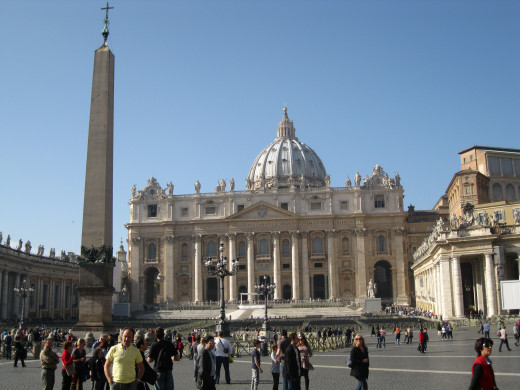
In the case of Queen Beatrix, she was simply following a precedent set by her mother, Queen Juliana, and grandmother, Queen Wilhelmina, both of whom chose to abdicate and retire rather than remaining on their throne for life.
Unlike Queen Beatrix who was basically a royal figurehead in small constitutional republic, Pope Benedict XVI was the spiritual leader of the 1.1 billion members of the world-wide Catholic Church. Also, while the Dutch monarchy has ruled Holland for about two centuries, the Papacy dates back over two thousand years to St. Peter becoming Bishop of Rome and Pope in the year 33 A.D.
Despite the uniqueness of Pope Benedict XVI being the first pope in almost six hundred years to abdicate, he was not the first pope to abdicate. He was actually the sixth pope to abdicate, but is unique in being only the second pope to have voluntarily abdicated.
Pope Gregory XII Had to Promise to Abdicate before Becoming Pope
As newspaper accounts have continually mentioned, Pope Benedict XVI is not the first Pope to resign. Papal resignations, while rare, have occurred in the past with the resignation of Pope Gregory XII in 1415 being the most recent.
However, unlike Pope Benedict XVI, who voluntarily choose to resign, Gregory XII, as a condition of his becoming Pope had to pledge both before and after his selection that he would resign when certain conditions were met. For Gregory XII didn’t abdication was a condition of his becoming Pope and not an option he later choose.
Before the start of the conclave, which choose Cardinal Angelo Correr (or Corraro), all of the cardinals in the conclave had to pledge that, whichever one was elected Pope would:
1) within three months of election contact the rival Pope, Benedict XIII, in Avignon, France seeking to set up a meeting;
2) agreed to resign or abdicate provided Benedict XIII also abdicated; and,
3) not to appoint any new cardinals other than to fill vacancies so that the number of cardinals allied with the Roman faction remained equal to the number allied with the Avignon faction.
Upon his election, Gregory XII was required to take the pledge a second time.
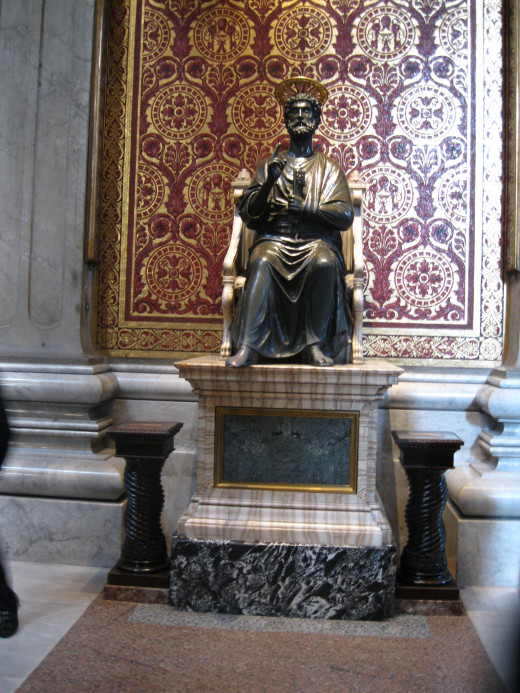
Western Schism
This was the period known as the Western Schism (which lasted from about 1378 to 1417) when there were two, and sometimes more Popes with one normally residing in Rome and the other in Avignon.
Political rivalry among the monarchs of Europe as well as rivalries among powerful families on the Italian peninsula resulted in the Church having more than one Pope with each claiming to be the legitimate Pope.
Secular and religious political differences and maneuvering, not theological disputes, were what caused and what kept the schism going for almost forty years.
Members of the church of all ranks wanted the schism to end and it appears that the pledge, or something similar, was taken by other Popes during this period but Gregory XII was the first that actually had to abdicate.
Gregory XII was elected Pope in 1406 by a conclave that convened in Rome upon the death of Pope Innocent VII in November of 1406.
Council of Pisa Elects a Third Pope
While Gregory XII was attempting to start negotiations with Benedict XIII, a Council was convened in 1409 by a group of cardinals in Pisa, Italy with the intention of ending the schism.
The Council of Pisa first voted to depose both Gregory XII and Benedict XIII. Gregory XII and Benedict XIII, each of which had the support of a larger group of cardinals than those attending the Council of Pisa, ignored the order deposing them.
A Cardinal by the name of Peter of Candia or Peter Phillarges was then elected Pope by the Council of Pisa in March 1409. Peter took the name Pope Alexander V.
Peter was a well-educated scholar who was not only widely traveled, but being of Greek ancestry and having been born and orphaned on the island of Crete meant that he was an outsider with no family connections and not a subject of any of the kingdoms of Europe.
This made Peter of Candia appear to be an ideal neutral candidate to end the schism. However, Alexander V not only turned out to be a poor administrator but ended up dying (under suspicious circumstances) a year later in May of 1410.
Council of Constance Removes Two Popes and Pope Gregory XII Resigns
Following the death of Alexander V a cardinal by the name of Baldassarre Cossa was elected Pope by the Pisa faction. Cossa took the name John XXIII1.
efforts to end the schism continued to proceed slowly and in 1414 a Council was convened in the city of Constance, Germany.
The council was convened by two Cardinals whom Pope Gregory XII had given his proxy, and brought together both the Cardinals allied to Rome and those allied to Avignon.
This, official Church Council, then proceeded in 1415 to declare John XXIII in Pisa an Anti-Pope and Benedict XII to be a heretic (these two actions removed recognition from these two as having been Popes of the Church which meant that their names could be, and were, used by later Popes). Pope Gregory XII then resigned.
Following his resignation, Gregory XII was appointed to the posts of Bishop of Frascati and Dean of the Sacred College of Cardinals.
Gregory XII died in 1417, two years after his resignation. It is unclear whether the selection of a successor to Gregory XII was deliberately delayed until after Gregory’s death or that the Cardinals took two years to make their choice.
Either way, Gregory XII’s successor, Martin V, was not selected until after Gregory’s death in 1417.
1 NOTE: this Fifteenth Century Pope John XXII is considered an Anti-Pope and should not be confused with the Twentieth Century Cardinal Roncalli known as Blessed Pope John XXII
Pisa, Italy where the Anti-Pope John XXIII resided.
Constance, Germany where a Church Council ended the Western Schism by removing two Popes and having the third, Gregory XII, resign.
Celestine V First Pope to Resign Voluntarily
Going back a little over a century before Gregory XII’s forced resignation, we come to Pope Celestine V who not only resigned but issued an edict that allowed future popes to voluntarily abdicate.
Born Pietro Angelerio and also known to history as Pietro da Morrone, this future pope came from a poor peasant family in the Kingdom of Sicily (the southern half of the Italian peninsula and island of Sicily).
Because of the great intelligence and love he displayed as a child, his mother encouraged Pietro to follow a spiritual path in life. He did this and when he was 17 years old he became a Benedictine monk and was later ordained a priest.
At age 24 Pietro retreated to a cave on Mt. Morrone where he spent the next five years living in solitude spending his time fasting, praying and working. St. John the Baptist became his model for living a solitary holy life.
His example led to others wanting to lead the same type of spiritual life seeking him out and following his example.
This led to his founding of a new religious community which lived according to a rule based upon his own austere religious life style. The new community was approved by Pope Urban IV and quickly grew to include thirty-six monasteries and over six hundred monks with Pietro as its superior.
While Pietro longed to live a solitary spiritual life, he accepted the responsibility of guiding and establishing the order. But once the order was on a firm foundation, he stepped aside and let another take charge and assume the responsibilities of leading and managing the order.
When Pope Nicholas IV died in April of 1292 the twelve cardinals that made up the College of Cardinals at that time met in Rome to elect a new pope.
This was the last papal election in which the cardinals did not meet in conclave – that is, they were not locked away and not allowed to leave until they had elected a new pope.
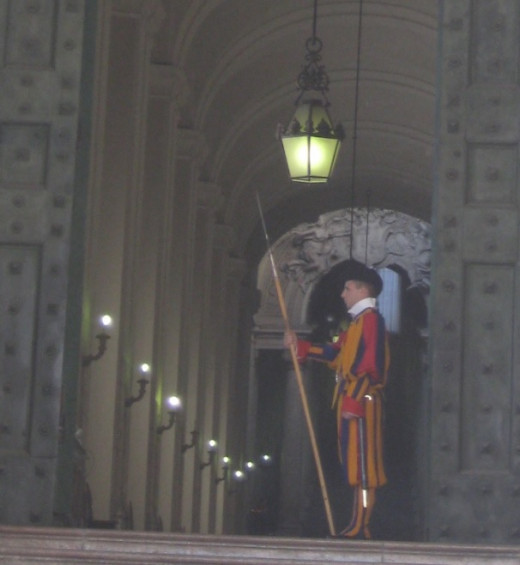
Pietro is Elected Pope Celestine V and Resigns a Few Months Later
Lacking the pressure of being locked away, the twelve cardinals (one died during the process which left eleven for the final vote) the cardinals met and discussed for the next two years – from April 5, 1292 (the day after Pope Nicholas IV died) to July 5, 1294.
According to some accounts Pietro Angeerio, who despite his attempts to live a solitary life in the wilderness, was well known at the time, sent a letter to the cardinals warning that they risked incurring the wrath of God if they didn’t hurry up and elect a new pope. On July 5, 1294 cardinals promptly elected Pietro Pope.
Having previously given up the job of leading and managing a religious community of some six hundred monks, he certainly did not want to take on the burden of leading the entire Church. However, the job was thrust upon Pietro and he came to Rome and took the name Celestine V as Pope.
While very intelligent, Celestine V was a holy man who had spent much of his adult life in solitude and prayer. He lacked political experience and had no desire to lead or manage a large and very political organization like the Catholic Church.
His problems were compounded by his decision to leave Rome where the Roman Curia, the bureaucracy that managed the Church and its dominions in Italy, was located to moved to the Kingdom of Naples (the southern half of Italy minus Sicily which broke away from the Kingdom of Sicily in 1282) where he ended up under the control of King Charles II.
It didn’t take Celestine V long to realize that he was a weak and ineffective leader of the Church. After careful thought and prayer, along with consultation with his cardinals, he decided to take the unusual step of resigning.
In order to do this he issued an edict giving popes the right to resign or abdicate. He then took advantage of that right and resigned on December 13, 1294.
The Edict Issued by Celestine V Enabled both Himself and Benedict XVI to Resign as Pope
While Celestine V’s desire was to resume the life as a solitary hermit in the wild spending his time praying, fasting and working, this was not to be. Powerful political figures still supported Celestine V.
Pope Boniface VIII, fearing that supporters of Celestine V would attempt to install Celestine V as an Anti-Pope, had Celestine V brought back to Rome where he was imprisoned in Fumone Castle outside of Rome.
Celestine V died in his prison on May 19, 1296 less than a year after his imprisonment.
Led by King Philip IV of France, supporters of Celestine V manage to out maneuver Pope Boniface VIII and have Celestine V canonized as a Saint in 1313, seventeen years after Celestine’s death.
Interior view of Dome in St. Peter's Basilica
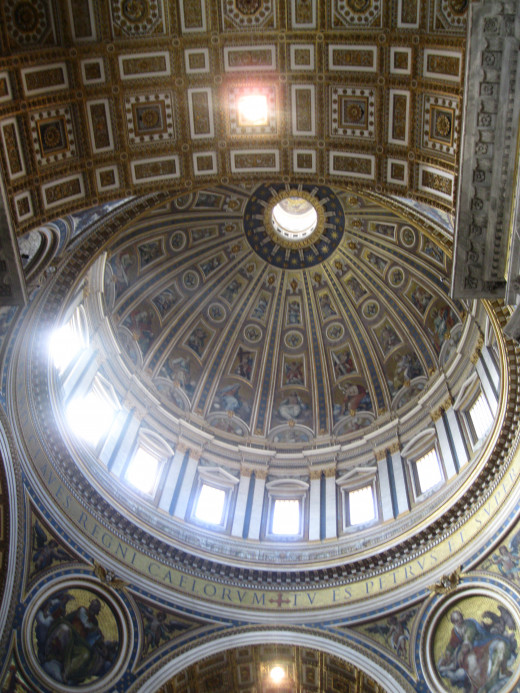
Celestine V and Benedict XIV Have Been Only Two Popes to Resign Voluntarily
While not the first pope to resign, Pope Celestine V overturned 1200 years of tradition by being the first pope to voluntarily abdicate.
From the first pope, St. Peter to Celestine V, it was generally understood that once a man was elected to serve as pope he was to remain pope for the rest of his life.
However, on occasion circumstances intervened that rendered a pope unable to continue to function. This was the case with the first three popes who were forced to step down between St. Peter and St. Celestine V.
Pope Pontian - the First Pope to Abdicate
Pope Pontian, the eighteenth pope, has the distinction of being the first pope in the history of the Church to abdicate, albeit under duress.
Very little is known about Pope Pontian which is not unusual given that Christianity was still more or less an underground church subject to persecution depending upon the mood of the current Roman Emperor and this made it difficult to maintain and preserve a large body of written records.
We do know that he was the eighteenth pope and served as pope from July 21, 230 until his resignation on September 28, 235. All but the last months of Pope Pontian’s papacy occurred during the reign of Emperor Severus Alexander whose policy was to leave Christians alone.
Pope Pontian
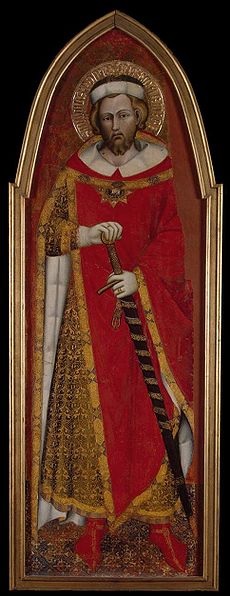
Emperor Maximinus Thrax Resumes Persecution of the Church
This changed following Alexander’s death in March 235. Emperor Maximinus Thrax, who succeeded Emperor Severus Alexander, abandoned his predecessor’s policy of tolerance toward Christians and began actively persecuting them.
Emperor Thrax apparently wasted no time in arresting Church leaders including Pope Pontian who was sentenced to labor in the mines on the island of Sardinia. This was basically a death sentence, as prisoners in these mines were quickly worked to death.
Knowing that eventual death was more likely than release, Pope Pontian choose to abdicate rather than create a vacuum.
While information is sketchy, most sources agree on the dates. Emperor Severus Alexander died on March eighteenth or nineteenth in the year 235 and Maximinus took power a day or two later on March twentieth.
Pope Pontian was probably arrested in late summer or early fall of the year 235 and more than likely was still being held prisoner in Rome when he resigned on September 28, 235.
His resignation probably occurred right after he learned that he was to be sent to the Sardinian mines.
Since he died in October 235 while working in the mines, the infant Church would not have been leaderless for long had he not abdicated. However, by abdicating he placed his duty and love for the Church above his personal concerns.
Pope Silverius
Silverius’ father was Pope Hormisdas who, before he became a priest, was married and sired Silverius.
Things had changed in the 301 years that had elapsed between the abdication of Pope Pontian in 235 C.E. and the election of Silverius in 536 C.E. Most important, the Church had gone from being a persecuted underground church at the time of Pope St. Pontian to a legally recognized church by the Emperor Constantine I in 313 C.E. and then recognized as the State Church of the Roman Empire by the Emperor Theodosius I in 380.
However, as Silverius quickly learned after becoming Pope, the Church’s growth in power resulted in secular rulers seeking to draw the Church into becoming involved in political disputes as well different factions in the Church drawing secular rulers into their theological disputes.
In addition to legally recognizing the Church, the Emperor Constantine also moved the capital of the Empire from Rome to Constantinople (today’s city of Istanbul in Turkey) and while the empire as a whole continued to decline what political power that existed tended to be located in Constantinople than in Rome.
St. Peter the First Pope
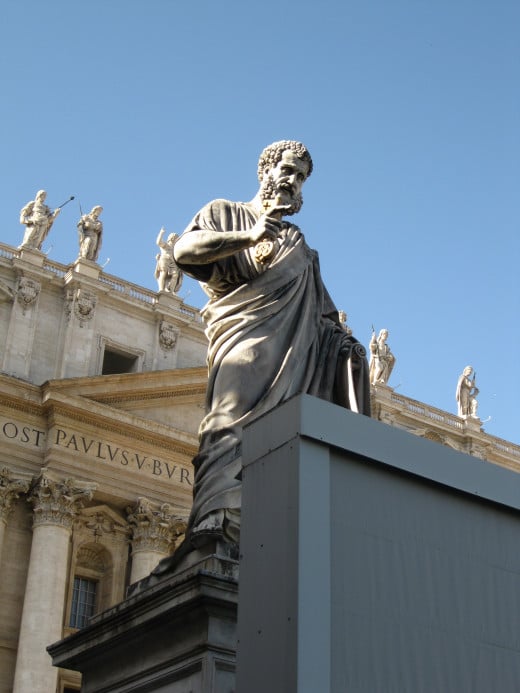
Byzantine Empress Theodora Meddles in Church Affairs
So it was that when Pope Agapetus I, died in Constantinople while on a mission there dealing with political matters affecting the security of Rome, there was a scramble by both the Byzantine Empress Theodora (the powerful wife of the Emperor Justinian I) in Constantinople and the king of the Ostrogoths, Theodatus, in the west to get their candidate for pope elected.
Empress Theodora favored Vigilius, a Roman who was resident in Constantinople as a papal representative.
Vigilius wanted to be pope and had been a contender for the position when Agapetus I was elected. In addition to her political objective of having a pope politically allied to Constantinople, Theodora also felt that Vigilius would support her in a theological dispute in the church as well. King Theodatus, on the other hand, wanted a pope he was comfortable with as he was about to go to war against the Emperor in Constantinople.
Pope Agapetus I died on April 22, 536 C.E. and upon hearing this King Theodatus pushed to have Silverius, who was then subdeacon, elected pope.
Despite strong opposition, King Theodatus got his way but Silverius wasn’t officially recognized as pope until June of that year when he was consecrated a bishop. At this point he was recognized by the leaders of the Church in Rome as Pope Silverius.
The Empress Theodora didn’t give up and had General Belisarius, the commander of a large Byzantine force in Rome arrest Pope Silverius on false charges of treason (Pope Silverius was accused of aiding the Ostrogoths in their attack on Rome) in March of 537 and taken to lands in the eastern Mediterranean where he lived in exile.
With Silverius out of the way, Vigilius, who had returned to Rome where he was elected Pope. However, Pope Silverius was still alive and still Pope as well.
Silverius appealed to the Emperor Justinian I, husband of Theodora, who found Silverius innocent of treason. Silverius returned to Italy with the intention of resuming his duties as pope.
Vigilius, however, had his agents intercept Silverius upon his arrival in Italy and exile him to a remote island where Silverius died.
Pope Silverius Arrested by Vigilius Before Reaching Rome
Some accounts say that Silverius abdicated while others simply state that he died in captivity. Either way, his abdication or death removed him as pope leaving Vigilius as the sole pope thereby ending the scandal of two men both claiming to be the true pope.
Finally, with Silverius out of the way, Pope Vigilius turned against Empress Theodora and defended, as Silverius had tried to do, both the Church’s traditional theology and the political independence of the Church against the schemes of Empress Theodora.
Despite the problems between the two feuding sixth century popes, the Church eventually canonized both as saints for their defense of the Church and its teachings.
Pope Martin I
Pope Martin I was elected pope in the summer of 649 C.E. following the death of Pope Theodore I.
A century had passed since the death of Pope Silverius but theological and political tensions between the Pope in Rome and the Emperor in Constantinople continued.
Since the last of the emperors in Rome had been deposed by invading Germanic tribes in 476 the Roman Empire in the west had become more of an idea than a reality.
The Emperor in Constantinople continued to rule the eastern portion of the empire and he remained the nominal head of the western half of the empire in the west. The church, despite growing theological differences between its eastern and western branches, remained united under the pope in Rome.
Upon becoming pope, Martin took a strong stand against the Monothelites, a heretical sect in the east which had the support of some of the clergy and officials in the east, including the emperor.
Another Theological Conflict between Rome and the Emperor
This led to conflict between Pope Martin I in Rome and the Emperor Constans II in Constantinople. Pope Martin I angered the Emperor by excommunicating a number of church officials in the east who supported the heresy.
The conflict ended up with Constans II ordering his exarch (governor) in Italy to bring Pope Martin I to him in Constantinople.
Rather than risking bloodshed between the Exarch’s men and those surrounding him, Pope Martin I willingly accompanied the exarch to Constantinople a trip during which he was mistreated and spent time in prisons as the Emperor’s men tried to get him to recant his position on the heresy.
Upon arriving in Constantinople the efforts to get Pope Martin I to recant intensified by keeping him in a prison cell for three days without food or water and then dragging him half naked and in chains through the streets of Constantinople before bringing him before the Emperor and his assembly for trial.
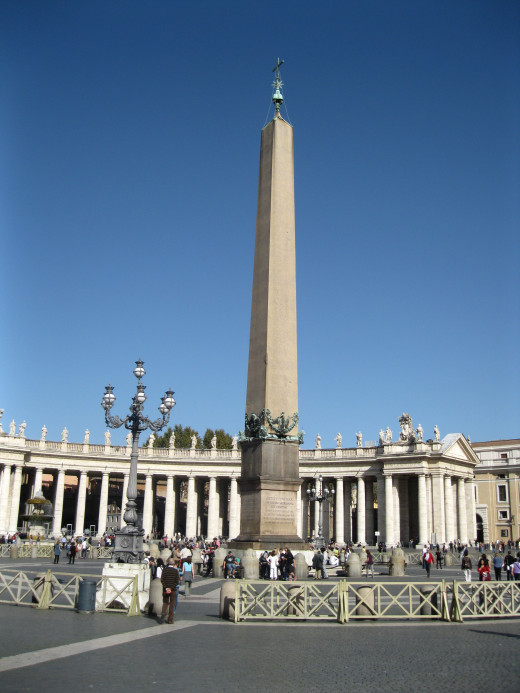
Emperor Declares Pope Martin I to be a Heretic and Banishes Pope to Crimea
Still refusing to recant, Pope Martin I was declared a heretic by the assembly and exiled by the Emperor to an impoverished city in the Crimea where he died in September of 655.
Just as with Pope Silverius, accounts differ as to whether or not Pope Martin I formally abdicated.
Like Pope Silverius, Martin I was unable to function as pope following his arrest and a new pope, Eugene I, was elected in August of 654, a year before Pope Martin I’s death.
In both cases the record shows a new pope being elected and functioning as pope in the months before the deaths of Silverius and Martin. They may have resigned and the documents lost or Church officials in Rome assumed that each had died and proceeded to elect a new pope.
Either way, both men were officially out of the picture when their successors were elected so there was no schism in which two men were each trying to rule as pope.
To Date Celestine V and Benedict XVI Have Been the Only Two Popes to Voluntarily Abdicate
With his abdication, Pope Benedict XVI became the sixth pope in the over 2,000 year history of the Roman Catholic Church to step down before death.
Two of his predecessors, Pope Gregory XII and Pope Pontian were forced by circumstances to resign and two others Pope Silverius and Pope Martin I either resigned while imprisoned or were simply replaced before death when they could no longer perform their duties as pope. Only Pope Celestine V and Pope Benedict XVI voluntarily choose to abdicate.
In both cases, each of these elderly men (at the time of their resignations, Celestine V was 79 and Benedict XVI was 85) after a period of prayer and discernment, decided that they were not up to the job. While both men were very intelligent and accomplished, no one can be successful at every endeavor they find themselves having to undertake.
Tourists Inside St. Peter's Basilica
